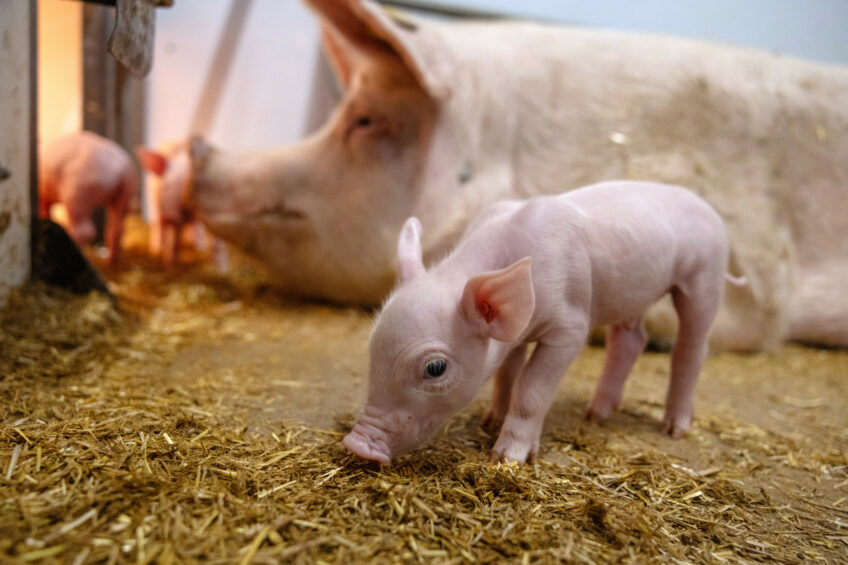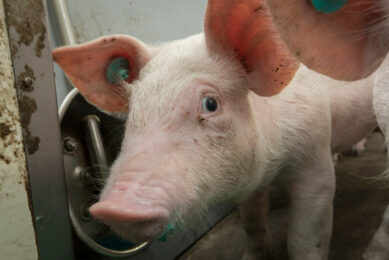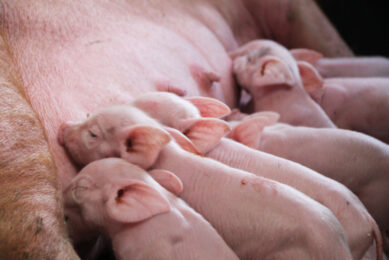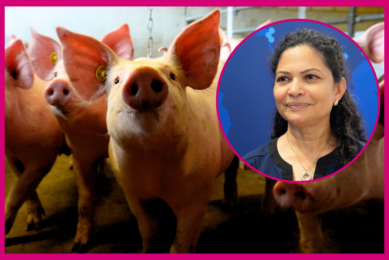This is a precise and reliable posture recognition method in suckling piglets

A team of Chinese researchers proposed a resting posture recognition method for piglets during the lactation period with increased accuracy and classification capability. They recently published their findings in Agriculture.
Resting postures of piglets are the result of different external factors and can be used as an important indicator of piglets’ health and welfare. Mostly, deep learning-based computer vision technologies are used to accurately detect and analyse the resting posture patterns of fattening pigs and sows.
About the study
The researchers used 31 sow farrowing pens and housed 1 sow along with 5 to 12 piglets in each pen for this trial. The team installed a hemispherical camera directly above the centre of each farrowing pen to record the daily activities of the piglets. They then categorised piglet postures into lateral lying, ventral lying, standing, sitting, and kneeling.
The team collected surveillance videos to construct the sow-piglet target and piglet posture datasets. After that, they applied the YOLOv11 model and YOLO (You Only Look Once) image edge detection algorithm to precisely locate the sow’s farrowing bed area. In addition, they used a multi-branch Conv2 module to increase the model’s accuracy and classification capacity.
Piglet posture detection
Piglets within the sow area were mostly in a ventral lying and nursing posture, but piglets outside the sow area were predominantly occluded by barriers and other factors. As a result, the posture recognition performance for piglets outside the sow area did not exhibit significant improvement. Due to the same reason, the recognition precision for piglets outside the sow area decreased by 1.9%.
Using YOLOv11 model the recognition rate call was increased by 3.3% and the precision gradually increased with the confidence threshold, reaching 100%. These findings demonstrated that piglet posture recognition using YOLO had high detection accuracy and recall capability across various threshold settings.
On the other hand, during the lactation state, piglets within the sow area exhibited severe stacking and suckling behaviours, resulting in potential missed detections. Conversely, piglets outside the sow area were successfully detected without misses during lactation period.
Piglet posture analysis
The low proportion of the piglets in a comfortable lateral lying posture indicated the experience of hunger. The high proportion of lateral lying resting postures in piglets within the sow’s area suggested that piglets were in a more comfortable state. In addition, a high proportion of ventral lying resting showed that piglets were experiencing stress or discomfort.
The authors concluded that the proposed YOLO-based method effectively enhanced the precision and reliability of piglet posture recognition.











